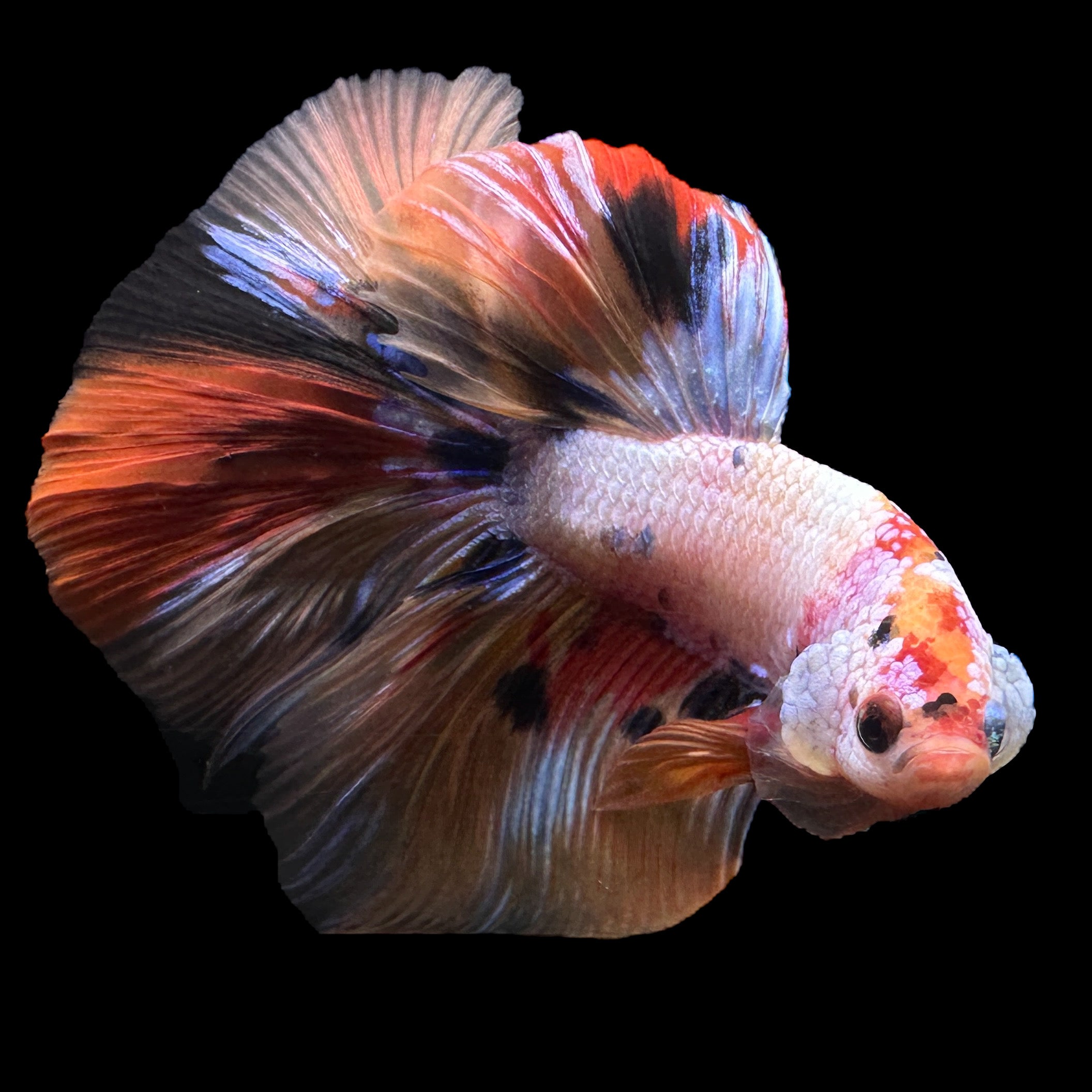Just How to Introduce Betta Fish to a Community Tank Safely
Just How to Introduce Betta Fish to a Community Tank Safely
Blog Article
All Regarding Betta Fish: Recognizing Their Distinct Demands, Behavior, and the Best Practices for Optimum Treatment
Recognizing the special requirements and habits of Betta fish is necessary for any aquarist aiming to offer ideal care. These exciting creatures, belonging to the cozy waters of Southeast Asia, exhibit distinct territorial propensities and require certain environmental conditions to flourish. From selecting the right storage tank size to recognizing prospective health and wellness issues, various factors considerably affect their well-being. As we discover these components better, the effects for both amateur and skilled fish caretakers end up being significantly apparent, raising concerns regarding just how best to fit these impressive fish in our homes.
Betta Fish Review
Although usually appreciated for their dynamic colors and flowing fins, Betta fish, medically recognized as Betta splendens, are complex animals that call for specific like flourish. Originating from Southeast Asia, these freshwater fish are known for their territorial nature and special habits. Betta fish show sex-related dimorphism, with males showing a lot more dazzling colors and longer fins than ladies.
Their aggressive propensities, especially amongst men, require mindful factor to consider when housing them. Bettas are often maintained in single-specimen containers to avoid territorial disagreements. They can exist together peacefully with certain compatible types in larger neighborhood containers, supplied the environment meets their needs.

To guarantee optimal care, aquarists must understand their unique behavior characteristics, nutritional requirements, and habitat requirements. betta fish. With appropriate focus, Betta fish can show their vivid individualities and flourish in a well-maintained aquarium setting
Natural Environment and Atmosphere
Betta fish grow in a varied series of natural environments, primarily located in the superficial waters of Southeast Asia, consisting of rice paddies, swamps, and slow-moving streams. These environments are identified by cozy temperatures, normally between 75 ° F and 82 ° F(24 ° C and 28 ° C ), and a pH level varying from 6.5 to 7.5, which is excellent for their wellness and well-being.
In their natural surroundings, Betta fish are accustomed to thick plant life, offering both sanctuary and reproducing grounds. The visibility of plants such as floating water lilies and thick yards not only provides security from predators yet likewise adds to the oxygenation of the water, which is necessary for their breathing needs. In addition, these environments typically have locations of still water, allowing Betta fish to show their all-natural behaviors such as bubble nesting.
Comprehending the all-natural environment of Betta fish is crucial for aquarium fanatics. Reproducing these conditions-- through water temperature level, pH equilibrium, and the inclusion of online plants-- can considerably boost the general health and longevity of these fascinating fish, ensuring they flourish in a home fish tank setup.
Social Habits and Communications
Recognizing the social actions and communications of Betta fish is necessary for successful aquarium administration. Betta fish, or Siamese fighting fish, are known for their distinct behavior characteristics, identified primarily by territoriality and hostility. Men, specifically, present extremely aggressive actions in the direction of one another, causing the well-known online reputation of Betta fish as competitors. In a confined room, 2 men can take part in terrible fights, often resulting in injury or death.
On the other hand, women Bettas show less aggressive behavior and can exist side-by-side in teams, understood as sororities, if introduced effectively. Nonetheless, it is vital to monitor their interactions very closely, as hierarchy and dominance can result in disputes. Understanding the dynamics within a Betta community is vital; developing concealing areas and making sure ample room can minimize hostility.
On top of that, Betta fish may also present inquisitiveness and social habits towards various other varieties. While they can exist together with certain non-aggressive storage tank friends, it is important to select compatible varieties to prevent tension and aggression. On the whole, identifying these social interactions is crucial to cultivating an additional info unified fish tank environment for Betta fish.
Essential Treatment Guidelines
Giving correct care for Betta fish is crucial to their health and wellness and health. To make sure a flourishing setting, it is important to maintain optimum water conditions. The water temperature level should be kept between 76 ° F and 82 ° F(24 ° C to 28 ° C), while pH degrees ought to vary from 6.5 to 7.5. Regular water modifications-- approximately 25% once a week-- help preserve water quality.
Betta fish require an appropriate container size; a minimum of 5 gallons is suggested to give sufficient area for swimming and hiding. Consist of decorations and plants to produce a revitalizing find this environment, however prevent sharp objects that might damage their delicate fins.

Finally, guarantee the tank is equipped with a filter to maintain the water tidy, however use a gentle filter to avoid solid currents that can worry the fish. By complying with these essential treatment standards, owners can promote a healthy and balanced and vibrant Betta fish.
Common Wellness Issues and Solutions
In the care of Betta fish, recognition of common wellness issues is necessary for preserving their well-being. To treat fin rot, boost water conditions and think about using a broad-spectrum antibiotic.
An additional usual ailment is ich, a parasitical infection identified by white spots on the fish's body (betta fish). Therapy involves increasing water temperature level and including aquarium salt to the container, as this can help get rid of the bloodsucker
Swim bladder disorder is likewise often observed, resulting in buoyancy troubles. This condition may Find Out More emerge from overfeeding or irregular bowel movements. A fasting period of 24-48 hours, complied with by a diet regimen of blanched peas, can provide relief.
Last but not least, bettas might experience velour condition, indicated by a gold dust-like appearance on their skin. Therapy typically needs drug especially designed for outside bloodsuckers, along with improved tank health.
Normal monitoring of water parameters, preserving a tidy setting, and giving a balanced diet are vital safety nets. By dealing with these health and wellness problems without delay, Betta fish can lead much healthier, extra vibrant lives.
Conclusion
In summary, successful betta fish care requires an understanding of their unique needs and habits. Supplying an ideal setting, including proper storage tank dimension and water conditions, is necessary for their wellness. Furthermore, identifying their territorial nature and guaranteeing appropriate hiding spots can avoid aggression. Regular surveillance of wellness and water top quality, in addition to a well balanced diet plan, adds to the longevity and vibrancy of betta fish. Adhering to these standards will certainly promote a flourishing aquatic ecosystem for these captivating animals.
Report this page